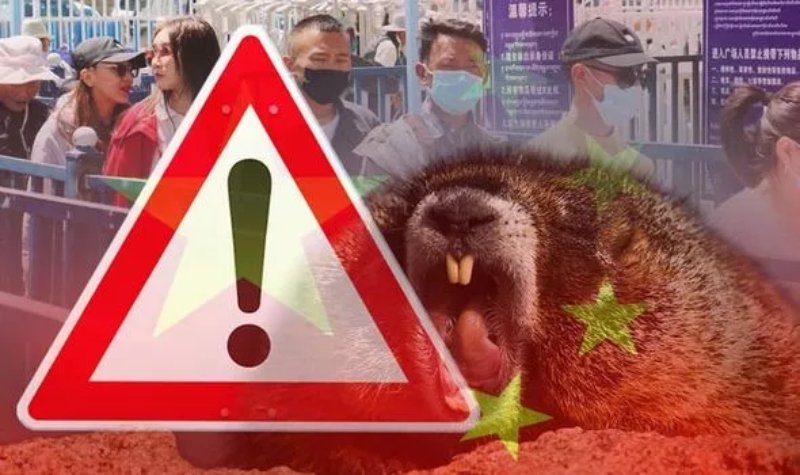CHINA has shut down several tourist spots in a bid to prevent an outbreak of deadly bubonic plague after a case was identified in the Inner Mongolia region.
Meanwhile, a total of 34 people have been quarantined in neighbouring Mongolia after case in the Bayan-Ulgii region, with the victim, a teenage boy, currently being kept in isolation. The case was the third in Mongolia since last week, with two brothers falling ill last week. A herdsman in the region of Bayannur, north-west of China’s capital, Beijing, was suffering from the illness at the weekend. He remains stable in hospital.
Authorities have now shut down five scenic grassland areas, with visitors “strictly prohibited from entering the affected area and visiting the surrounding region,” the state-run Xinhua news agency reported.
In addition, stricter management of other grassland tourist sites to ensure visitors do not feed or touch wild animals, and to reduce the population of rodents or fleas which may carry infectious diseases.
The Mongolian youngster is believed to have fallen ill after eating a marmot, a small rodent which is a close relative of the groundhog popularised made famous by the Bill Murray film Groundhog Day, and which was likely carrying the disease.
An epidemic in north-eastern China in 1911 is estimated to have killed 63,000 people.
Meanwhile, bubonic plague is believed to have wiped out 75 and 200 million people in the Middle Ages, when it was known as the Black Death.
It returned periodically over the coming centuries, most notably in 1665 when diarist Samuel Pepys chronicled the devastating impact it had in London in 1665.❑
























